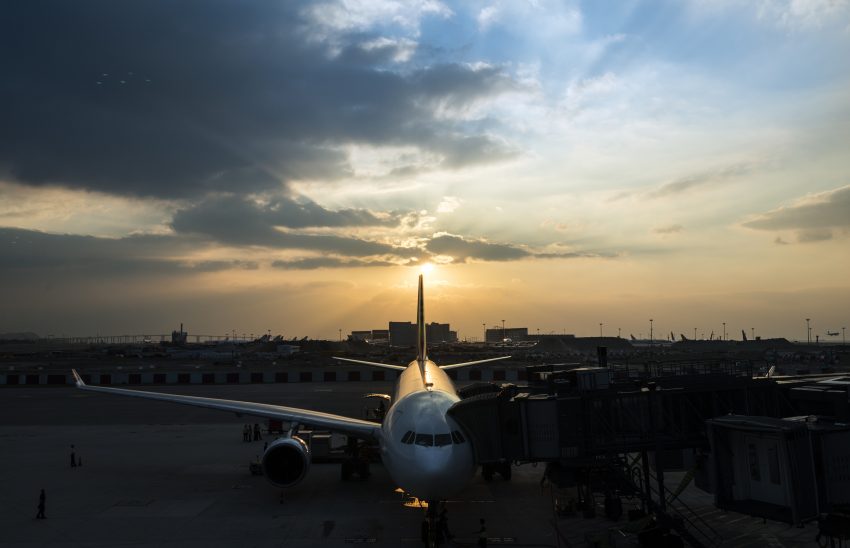India is currently the third largest aviation market in the world, with over 340 million passengers traveling by air annually in 20191. The industry has a number of domestic and international airlines, as well as a large network of airports. The future of the aviation industry in India is likely to see continued growth and expansion, driven by factors such as a growing middle class, increased tourism, and government policies supporting the industry. However, the industry is also likely to face a number of challenges, including infrastructure constraints and competition from low-cost carriers.
The market size of the aviation industry in India has grown significantly in recent years, driven by a combination of factors, including a growing middle class, increased tourism, and the government’s efforts to open up the sector to foreign investment. With growing middle class, which is expected to drive demand for air travel. As more people in the country have disposable income, they are likely to take more trips, both within India and abroad. This trend is likely to continue in the coming years, providing a boost to the industry. In the financial year 2021, the industry recorded revenues of over $20 billion, and it is expected to continue growing in the coming years.
Another opportunity for the aviation industry in India is the government’s efforts to support the growth of the sector. This includes policies such as allowing foreign airlines to invest up to 49% in domestic carriers and the development of regional airports. Additionally, several airlines have announced plans to expand their fleets and destinations in the coming years. These measures are likely to help the industry expand and serve more passengers.
However, the aviation industry in India also faces a number of challenges. One of the biggest challenges is the lack of adequate infrastructure, including airports and runways. The rapid growth of the industry has put pressure on existing infrastructure, leading to congestion and delays. In order to support the industry’s continued growth, there will need for significant investment in infrastructure.
Another challenge facing the aviation industry in India is competition from low-cost carriers. These airlines offer low fares and often operate on smaller, regional airports, which makes them appealing to price-sensitive travelers. This competition has put pressure on traditional carriers to reduce their fares and find ways to differentiate themselves from low-cost competitors.
Overall, the future of the aviation industry in India is likely to be one of growth and expansion, with opportunities such as a growing middle class and supportive government policies. However, the industry will also need to address challenges such as infrastructure constraints and competition from low-cost carriers in order to continue to thrive. To70 is uniquely positioned in helping the aviation market in India by providing consultancy services to airports and ANSP’s to help them make the most of their infrastructure and tailoring solutions that will enable market growth.
1. AAI Traffic News | AIRPORTS AUTHORITY OF INDIA

Radesh Nagaraj
Aviation consultant at To70
He obtained his master’s in aerospace engineering from Delft University of Technology. Radesh has over 6 years of experience with wide variety of projects such as airspace and airside optimization projects and noise modelling analysis for various airports around the globe.

